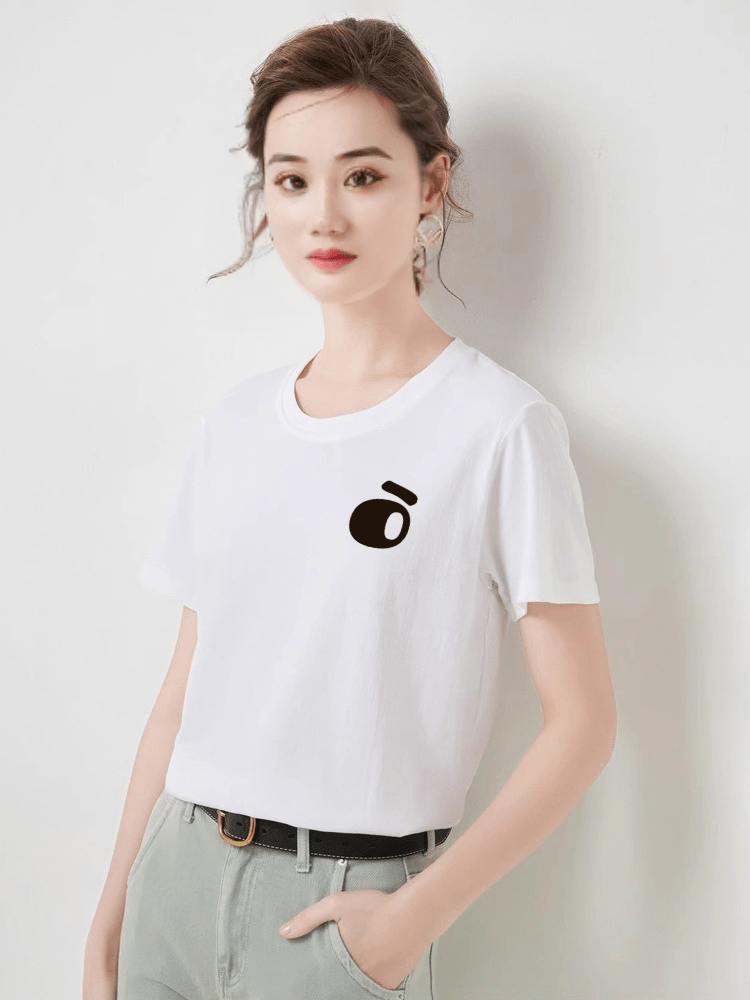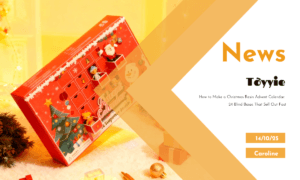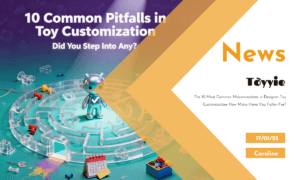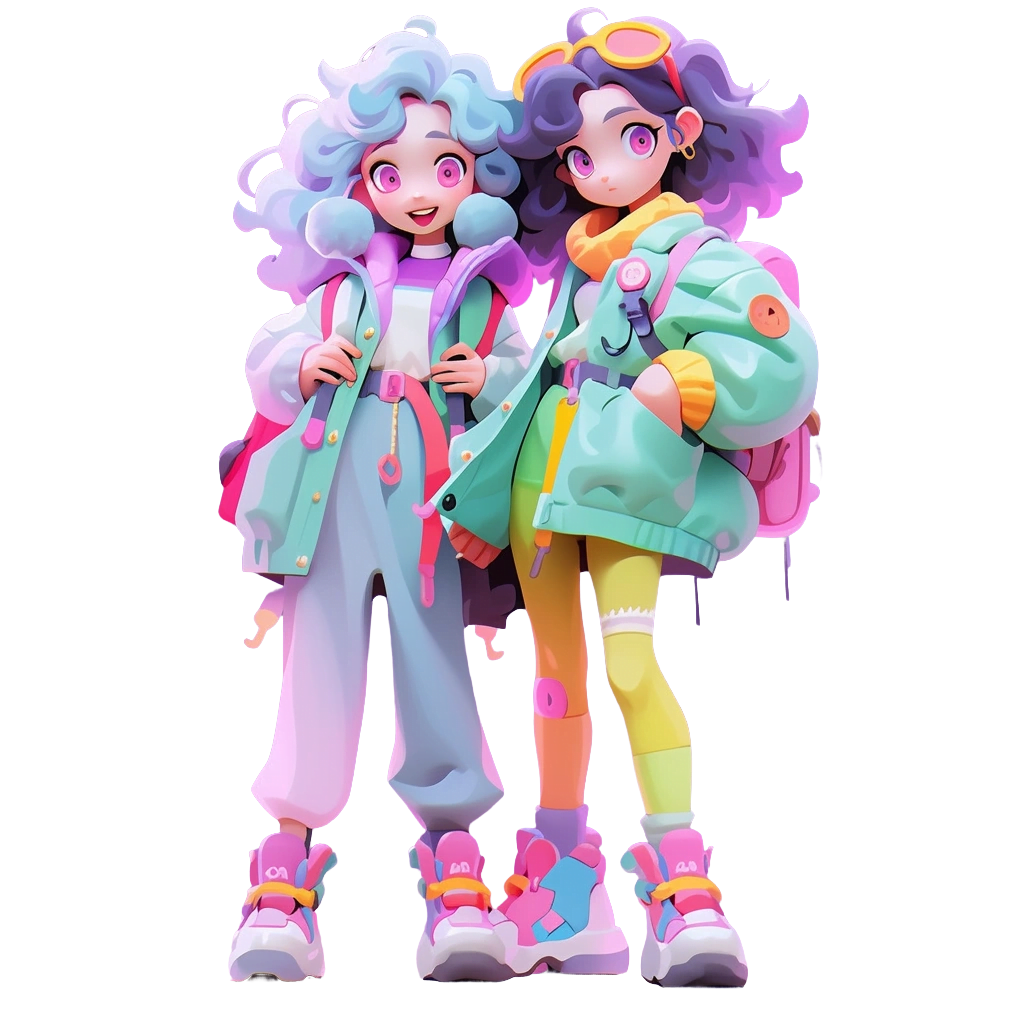📌 Introduction📌
If you’ve ever invested time, energy, and resources into designing a toy, only to see the first prototype and feel your heart sink, you’re not alone. It’s a scenario I’ve seen time and again in the custom toy manufacturing world. The model doesn’t look or feel the way you imagined, the colors are off, the material isn’t right, or the functionality fails to meet your standards.🎨💔
It’s a frustrating moment—but it’s also part of the process. Here’s the thing: prototypes falling short of expectations isn’t unusual. In fact, it’s more common than most people realize. What’s important is how you approach it and what you learn from it. Let’s dive into why this happens, what you can do to mitigate the disappointment, and how to ensure the end result is exactly what you want.🔍💡
Why Prototypes Often Miss the Mark
Let’s start with a harsh truth: a prototype is not your finished product. It’s a test version designed to help you see what’s working and what’s not. Here are the most common reasons why prototypes don’t match expectations:
1️⃣ Misaligned Expectations
Your vision might be crystal clear in your head, but unless it’s communicated effectively to the factory, there’s a high chance of misunderstanding. Details like exact dimensions, colors, materials, or functional features can easily get lost in translation.🗣️🤝
2️⃣ Material Substitutions
The material used in a prototype might not be the final production material. Factories often use what’s available for speed or cost-efficiency during this stage.🧪💰
3️⃣ Incomplete Finishing
Prototypes rarely undergo the full finishing process. For example, surface textures might not be polished, or paintwork might be simplified.🎨✨
4️⃣ Engineering Limitations
Sometimes your design might not be manufacturable as-is. Complex shapes, intricate details, or unrealistic tolerances can cause unexpected changes during production.🔧🚫
5️⃣ Budget Constraints
If you’re working on a tight budget, the prototype might reflect cost-saving compromises, such as reduced detailing or simplified assembly.💸📉
How to Prevent Disappointment in the First Prototype
Although it’s impossible to completely eliminate surprises, there are steps you can take to set yourself up for success.
1. Communicate Clearly and Thoroughly
Think of your communication with the factory as the foundation of the entire process. The more detailed and precise your instructions, the better the chances of an accurate prototype.
Provide detailed technical drawings, 3D files, and reference images.📐📂
Specify exact materials and colors (use Pantone or RAL codes if applicable).🌈📏
Explain your priorities—whether it’s durability, aesthetic, or cost.💪✨💸
2. Align on Prototype Goals
Be clear about what you expect from the prototype. Are you testing functionality, material, or aesthetic? Communicating your primary objectives helps the factory focus on what matters most.🎯🔍
3. Start with a Digital Proof
Before creating a physical prototype, ask for digital renders. This allows you to make adjustments early in the process, saving time and money later.🖥️💡
4. Understand Material Substitutions
If the factory is using substitute materials for the prototype, ask them to explain why and how it might differ from the final production.🧪🔬
5. Review the Design for Manufacturability
Work closely with engineers to identify any potential production challenges. This collaboration can save you from costly changes later.🔧🤝
What to Do When the Prototype Isn’t What You Expected
So, you’ve received the prototype, and it’s not right. Now what? The worst thing you can do is panic or assign blame. Instead, treat it as a learning opportunity. Here’s how to handle the situation:
Step 1: Analyze the Prototype
Take a close look at the prototype and note down every aspect that doesn’t match your expectations. Divide the issues into two categories:
Critical Issues:Things that must be fixed before production, such as functionality flaws or material problems.🚨🔧
Minor Issues:Details that are less urgent, like slight color discrepancies or surface finishing.🎨✨
Step 2: Communicate Feedback
Schedule a meeting with the factory to review your concerns. Be as specific as possible:
Provide photos with annotations showing problem areas.📸📝
Suggest potential solutions or alternatives.💡🔍
Step 3: Discuss the Next Steps
Determine what adjustments are possible and whether another prototype is necessary. Keep in mind that revisions might come with additional costs and time.💰⌛
Lessons Learned from Prototyping Challenges
Over the years, I’ve learned that prototypes aren’t just about testing the product—they’re also about building a stronger relationship with your factory and refining your vision. Here are some key takeaways:
1️⃣ Prototyping Is an Iterative Process
Don’t expect perfection on the first try. Each prototype brings you closer to your final product.🔄🎯
2️⃣ Be Flexible and Open to Change
Sometimes the changes suggested by the factory might actually improve your design. Be willing to adapt if it leads to a better outcome.🤝💡
3️⃣ Invest in Multiple Rounds if Necessary
While it might feel like a setback, investing in additional prototype rounds often saves you from bigger issues in mass production.💸🔧
4️⃣ Build a Collaborative Relationship with the Factory
Treat your factory as a partner, not just a service provider. A good working relationship leads to better communication and results.👥🤝
The Factory’s Perspective: What They Wish You Knew
Factories aren’t trying to deliver subpar prototypes—they want your product to succeed just as much as you do. However, they face their own challenges, such as tight timelines, limited information, or unclear expectations from clients.
Here’s what factories wish clients understood:
They’re not mind readers:If you don’t specify something, they’ll make assumptions, which might not align with your vision.🤷♂️💭
Prototypes are experiments:They’re meant to highlight potential issues before production.🔬🧪
Feedback is essential:Constructive criticism helps them understand your needs better and refine their process.🗣️✨
Conclusion: Prototypes Are Just the Beginning
Receiving a prototype that doesn’t match your expectations can be frustrating, but it’s also an opportunity to refine your design and improve communication with the factory. By understanding the common pitfalls and approaching the process with patience and flexibility, you’ll be able to create a final product that truly brings your vision to life.🌟✨
Remember, every great toy started as a prototype that needed tweaks, adjustments, and iterations. The key is to keep moving forward, learning from each step, and collaborating effectively with your factory.🧩🚀
Have you faced challenges with prototypes? Share your experiences or reach out if you need guidance—we’re here to help!💬🤝





